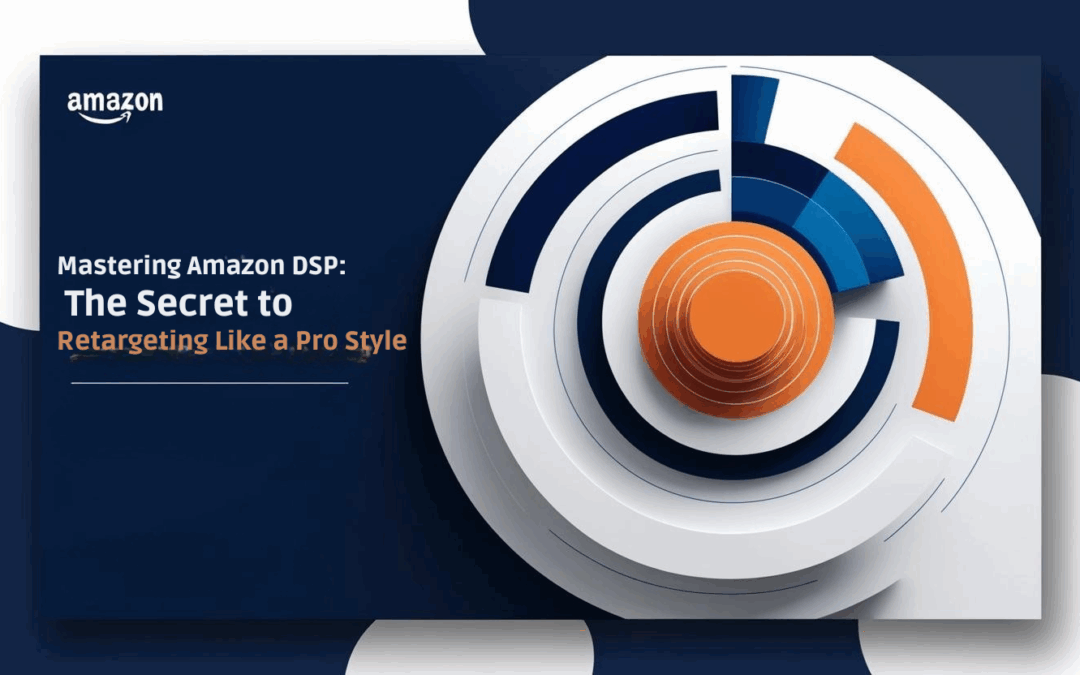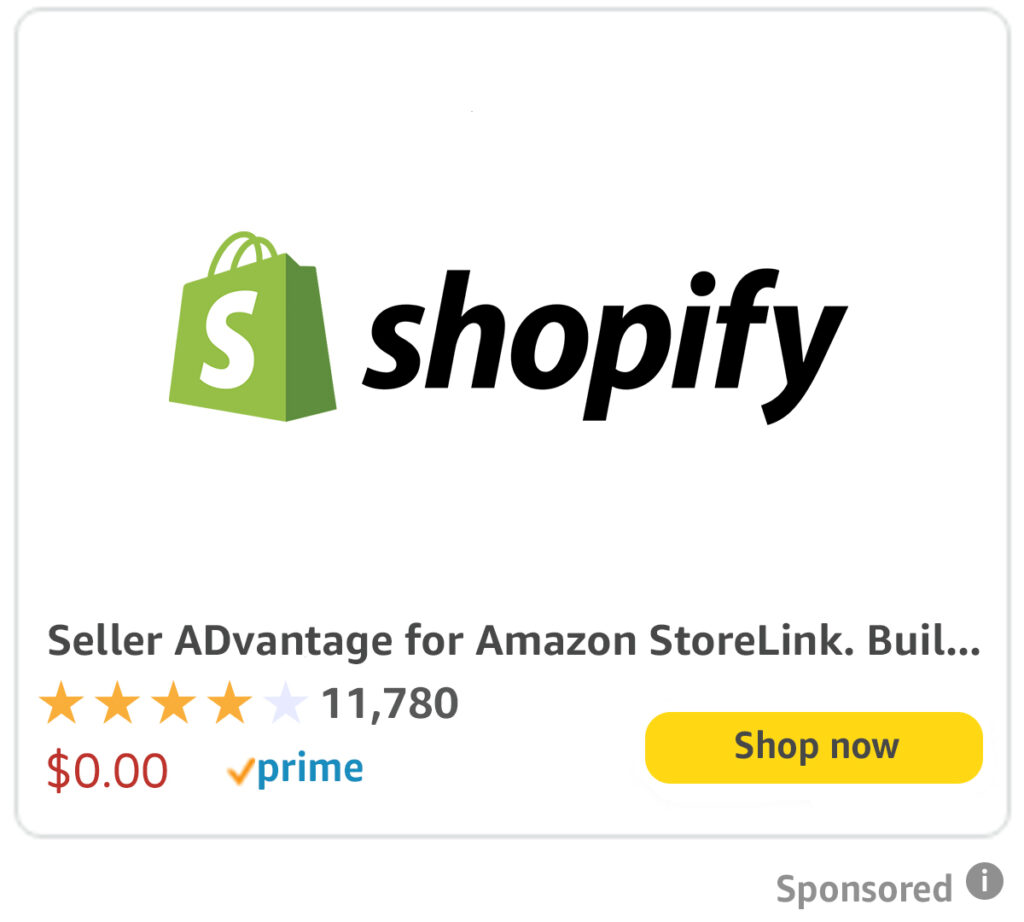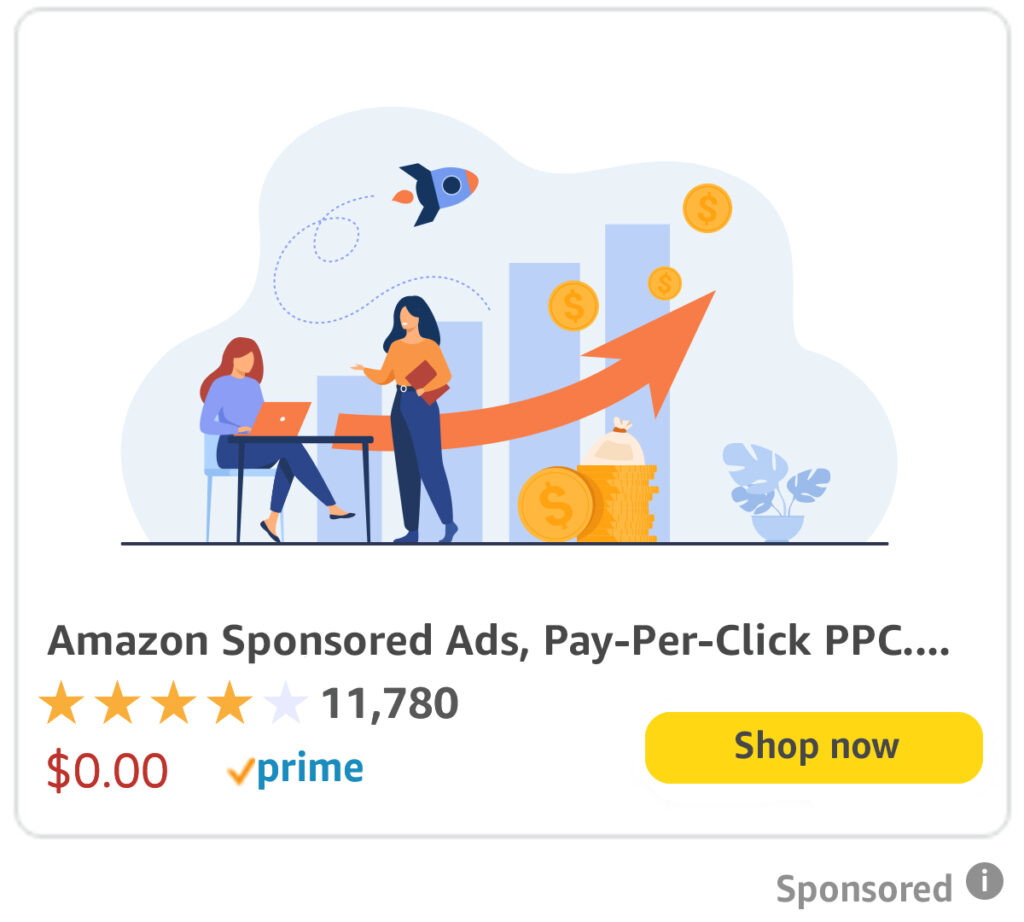Read More
Step-by-Step on SellerADvantage.co.uk
Read on LinkedIn
Read on Medium
Watch on YouTube
Mastering Amazon DSP: The Secret to Retargeting Like a Pro
Amazon’s Demand‑Side Platform (DSP) has evolved from an insider‑only display network into a mission‑critical resource for brands determined to squeeze maximum value out of every advertising pound. Unlike Sponsored Products or Sponsored Brands—whose signals are largely confined to the search results page—DSP extends your reach across Amazon‑owned sites, third‑party exchanges, Fire TV, IMDb, Twitch, and a host of high‑traffic publishers. For sellers already fluent in PPC, the leap to DSP unlocks precision audience controls, omnichannel retargeting, and rich upper‑funnel impressions ordinarily unavailable through native search ads. Yet many advertisers still view DSP as a black‑box reserved for “big budgets,” missing its most potent advantage: the ability to re‑engage shoppers who have already demonstrated purchase intent.
Retargeting sits at the heart of this advantage. Search‑driven clicks are an excellent first touch, but even high‑intent shoppers rarely purchase on the first visit; Amazon’s own data shows that the typical product consideration window ranges from 12 hours to seven days, depending on category. During that window, shoppers comparison‑shop across Amazon, Google, brand sites, and social feeds. Without persistent reminders, the probability of conversion drops sharply once they leave your detail page. DSP retargeting allows you to follow those warm leads wherever they browse, serving dynamic creatives that remind them of the exact ASINs they viewed—and inviting them back to complete the purchase. Because these impressions are aimed at known high‑intent audiences, they typically drive stronger click‑through rates (CTR) and lower cost per acquisition (CPA) than top‑funnel display spend.
For PPC‑savvy sellers, DSP retargeting complements existing keyword campaigns rather than replacing them. Sponsored Products continue to capture real‑time search demand, while DSP reinforces brand recall and nudges lapsed browsers back into the cart. When implemented thoughtfully, this one‑two punch can improve total advertising cost of sales (TACOS), inflate lifetime value (LTV), and defend against competitors who bid on your branded keywords. In the sections that follow, we will examine three actionable tactics—rooted in audience science, creative optimisation, and measurement discipline—that will help you transform DSP from an experimental line item into a profit‑driving cornerstone of your media mix.
Three High‑Impact Retargeting Tactics for Amazon DSP
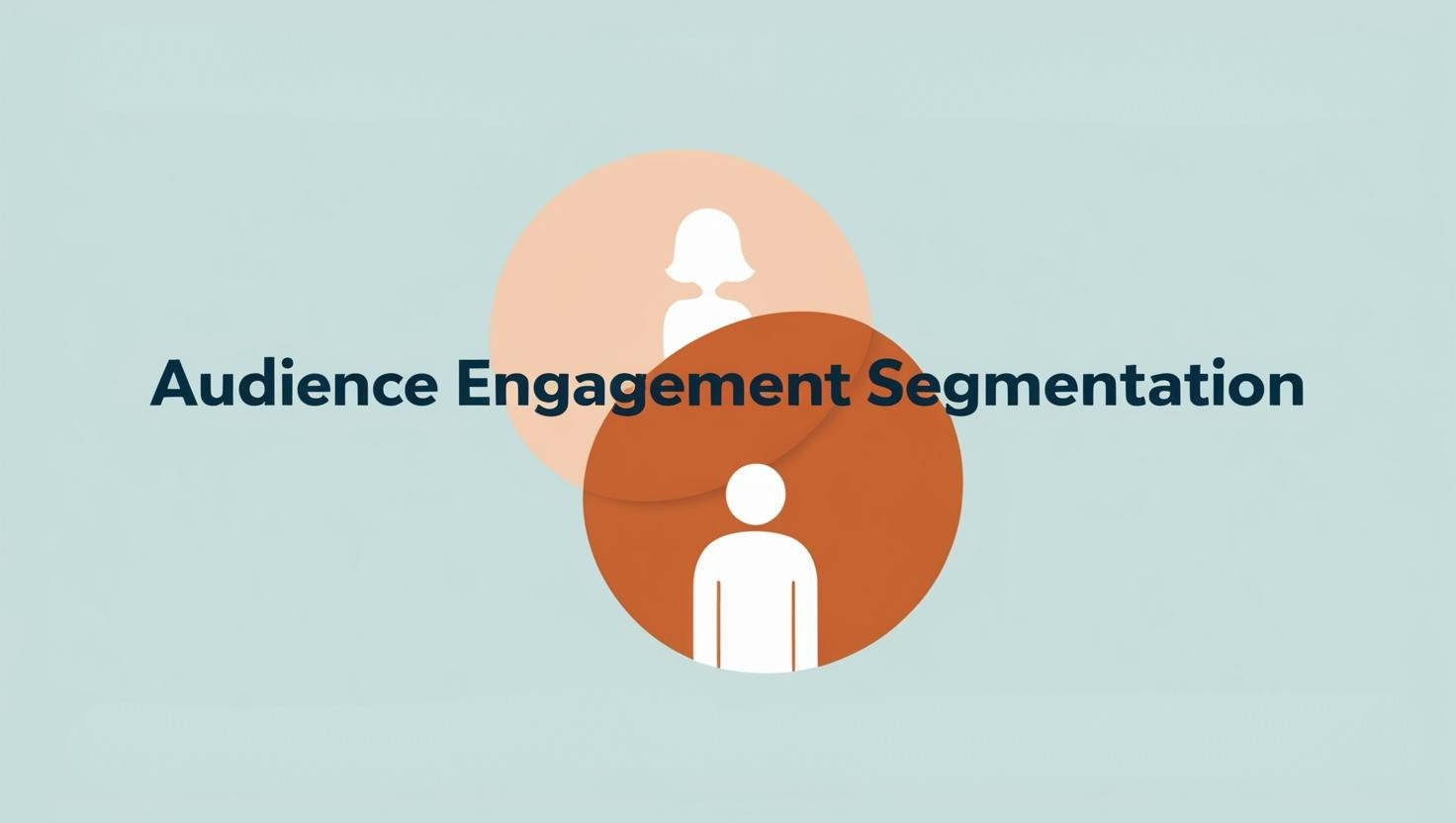
1. Segment Audiences by Depth of Engagement, Not Just Page Views
The default “views remarketing” audience—any shopper who landed on your product detail page within the past 30 days—casts a wide net, but it treats all visitors equally. A more surgical approach is to segment by engagement signals that correlate with purchase likelihood. Create separate line items for: (a) Add‑to‑Cart but No Purchase; (b) Viewed Product Video or A+ Content; and (c) Multiple Page Views within a Session. Assign higher bids and tighter look‑back windows (3–7 days) to the most engaged cohorts, while reserving longer windows and lower CPMs for window‑shoppers. This hierarchy concentrates spend where incremental lift is greatest and prevents overserving to cold audiences who only glanced at the hero image. Using Amazon Marketing Cloud (AMC) or your DSP console’s audience overlap tool, monitor how often each cohort also searches competitor ASINs; if overlap climbs, intensify bids on your engaged segments to intercept potential defections before the buy box is lost.
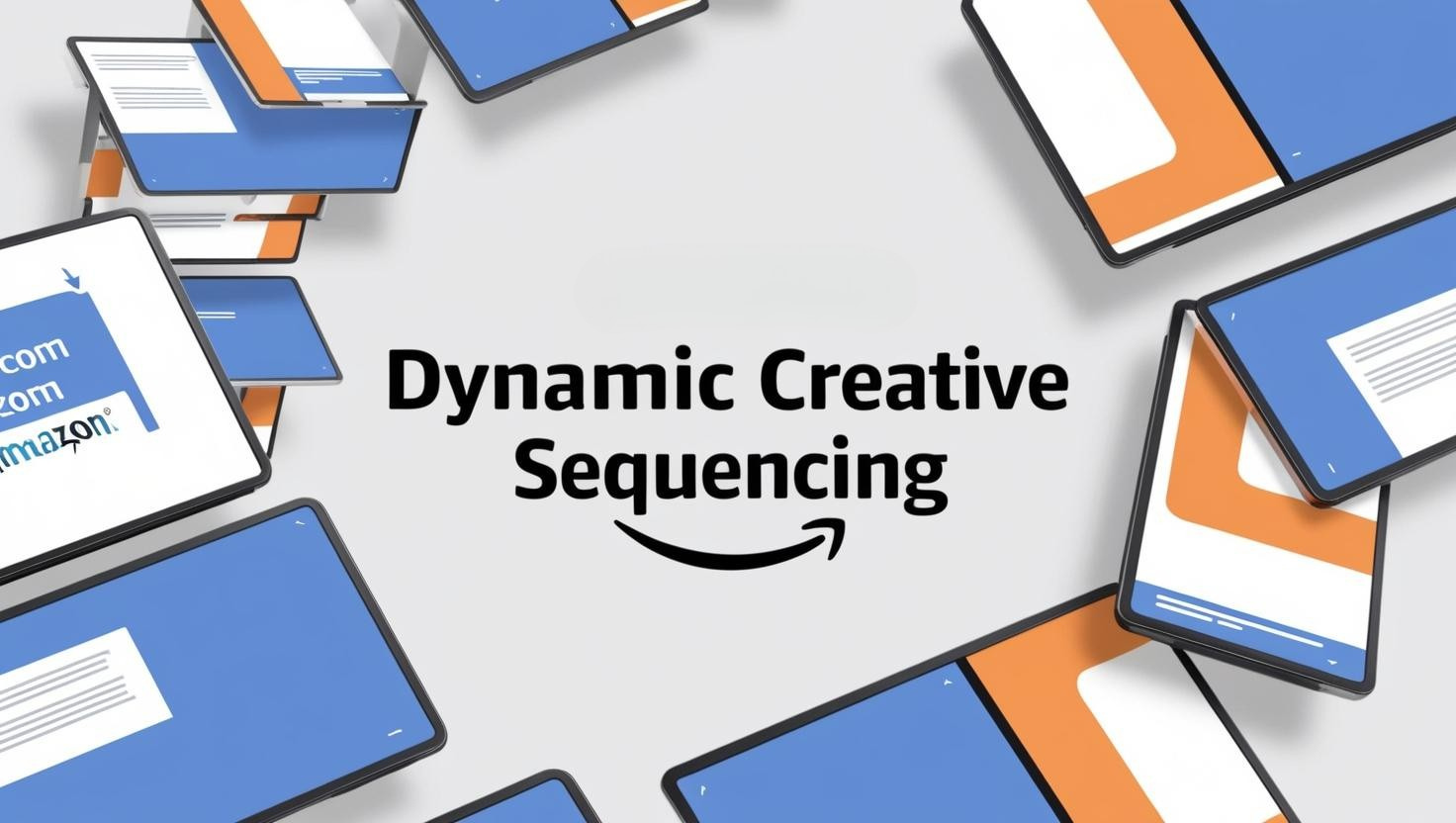
2. Pair Dynamic Ecommerce Creatives with Mid‑Funnel Educational Assets
Retargeting ads are most persuasive when the creative mirrors the product the shopper nearly purchased. Dynamic ecommerce creatives (DECs) automatically pull the ASIN’s title, image, price, and star rating into the ad unit, delivering a frictionless path back to checkout. However, repeat impressions of the same carousel can trigger banner blindness after the third‑or‑fourth exposure. Mitigate fatigue by layering in mid‑funnel assets—such as short product‑benefit videos, lifestyle GIFs, or interactive “shop the set” carousels—during frequency caps two through five. Use HTML5 templates inside DSP to rotate messaging that answers common objections (e.g., sizing charts, warranty badges, sustainability call‑outs). A/B test the sequence: DEC first then video, versus video first then DEC, and measure downstream add‑to‑cart rates. Because Amazon attribution now supports cross‑media click‑through and view‑through conversion windows, you can quantify how mixed‑creative sequences shorten the path to purchase compared with static banners alone.
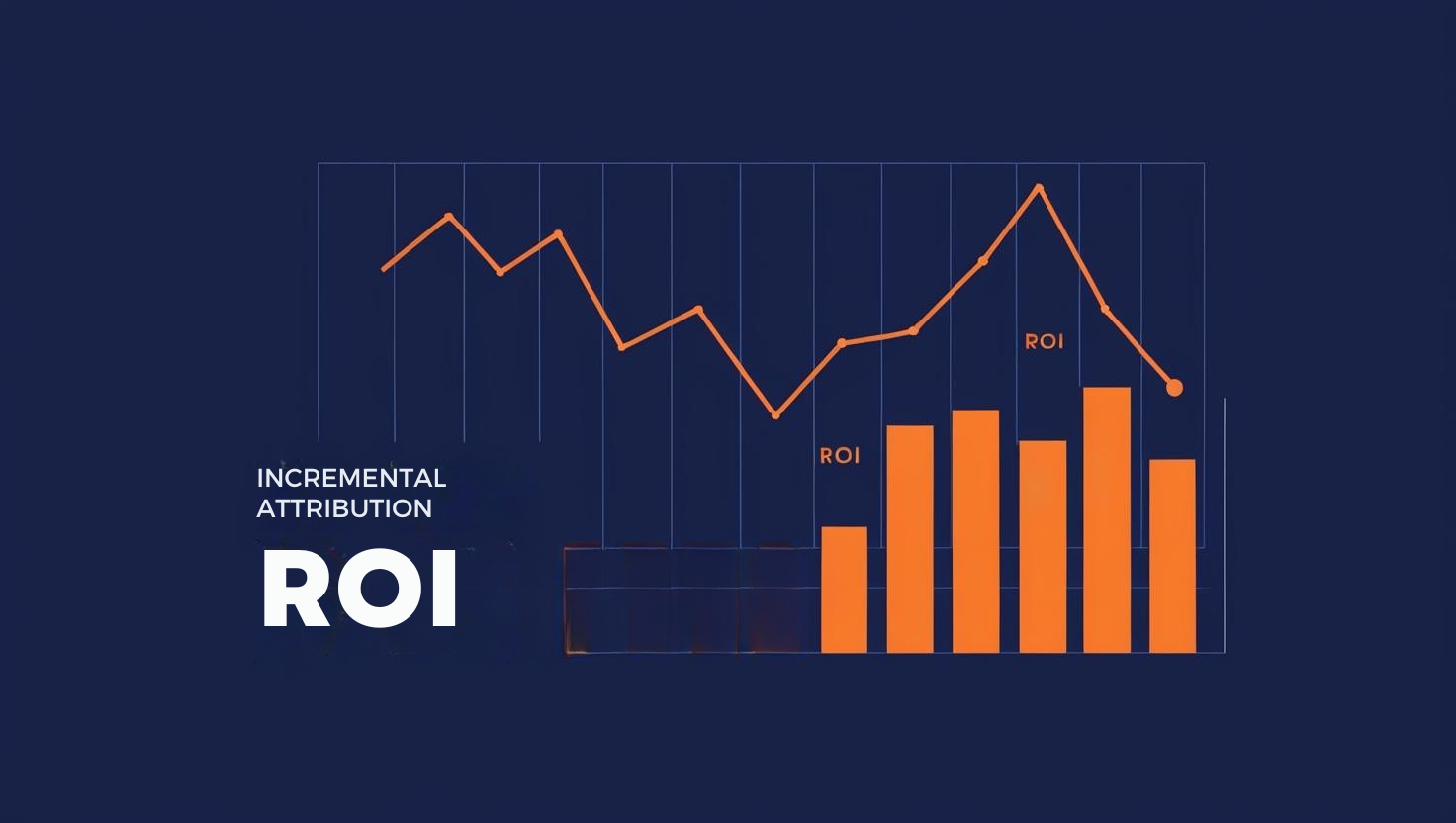
3. Close the Attribution Loop with Post‑View Conversions and Incrementality Analysis
Sellers accustomed to PPC often default to “last‑click” metrics, but DSP’s true value emerges when you consider post‑view conversions—purchases that occur after an impression without a direct click. Enable Amazon Attribution tags on your detail pages to ensure view‑through data flows into the DSP console. Next, establish a clean test‑versus‑control structure: isolate a statistically similar audience, suppress DSP ads to that control group, and measure organic + search + brand lift over a 30‑day window. Using AMC or a third‑party incrementality platform, calculate cost per incremental order, not just ROAS. If incremental orders outpace incremental spend, scale the line item; if not, adjust frequency caps, creative sequencing, or look‑back windows. Finally, loop findings back into Sponsored Products by raising bids on keywords that repeatedly appear in the conversion path following DSP exposure—these synergistic touches often drive a blended TACOS reduction of 10‑15 percent over eight weeks.
Final Thoughts
Retargeting through Amazon DSP is more than a tactical add‑on; it is a strategic force multiplier that links upper‑funnel discovery, mid‑funnel consideration, and lower‑funnel conversion into one data‑rich narrative. By segmenting audiences around granular engagement signals, tailoring creatives to each stage of the purchase journey, and measuring success through incrementality rather than simple click attribution, sellers can convert casual browsers into loyal customers while controlling overall advertising cost. This disciplined approach neutralises many of the historic objections to display networks—namely, wasted impressions and opaque ROI.
The beauty of DSP lies in its feedback loop: every impression, click, and sale feeds Amazon’s vast identity graph, allowing you to refine targeting rules in near real‑time. What began as a broad remarketing exercise quickly matures into a precision engine capable of cross‑selling complementary ASINs, running look‑alike expansion outside the marketplace, and even influencing brick‑and‑mortar lift through Amazon Marketing Cloud’s holistic reporting. As retail media continues its meteoric rise, brands that master these capabilities will enjoy a durable competitive moat, shielding themselves from price‑based races to the bottom.
For PPC veterans, the path forward is clear: adopt a test‑and‑learn mindset, allocate a controlled budget to DSP retargeting, and benchmark results against your current blended TACOS. Within weeks, the data will reveal where incremental profit lives—and where it doesn’t. By cycling through the three tactics above, iterating creatives, and tying decisions to incrementality rather than intuition, you’ll unlock the “secret” that separates pro‑level retargeting from mere campaign duplication. In doing so, you not only master Amazon DSP but also future‑proof your advertising stack for the multi‑channel reality of modern commerce.
Any follow helps us out a lot – Thank-You!
If you like this article and want to explore further insights, discuss collaborative opportunities, or simply connect, please feel free to reach out to me on any of the following :
Work With Us
Hire Us on fiverr
Hire Us on upwork
🔴Book a FREE PPC Audit🔴


